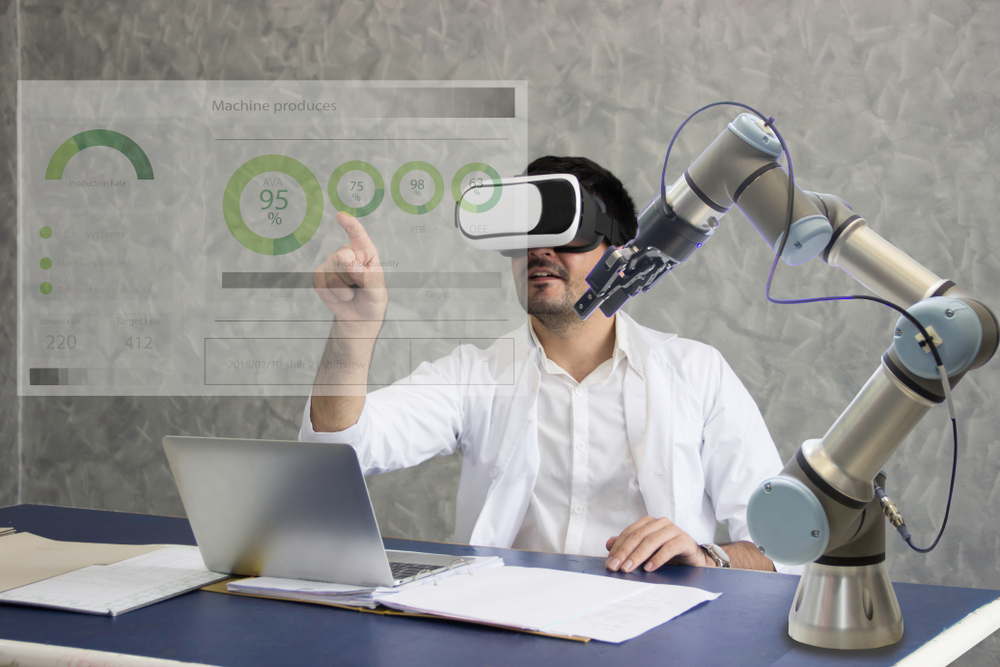Augmented humanity (AH) seems poised to be the future of the workplace. While AI and machinery threaten to replace humans in the workforce, AH offers a space for the two to come together, to put some widely felt fears at ease. One of the earliest examples of such a phenomenon was Gary Kasparov’s 1998 chess match against Veselin Topalov.
During this match, Kasparov and Topalov used computers to help with tactics and calculate the long-term results of certain moves. While Kasparov had previously held a 4-0 victory against Topalov, the latter’s computer matched Kasparov’s tactical thinking by anticipating the results of the moves. Thus, the “augmented” match ended in a 3-3 draw. Kasparov called this machine-human combination “Advanced Chess” and tested its effectiveness on a larger scale with more grandmasters. When the human and machine worked together, winning was always guaranteed.
AH is a natural extension of this phenomenon. As the companion piece to this article discusses, it can seem like a step in the right direction, toward the future of the workforce. However, such human-technology integration can also have adverse consequences. These are as important to consider as the positives.
The possible pitfalls of AH in the workplace
- Very expensive. AH depends on highly-advanced technology; companies will need to invest heavily to reap its benefits. An alternative they might explore: choose already-augmented humans, i.e., people who can afford advanced tech to enhance their normal bodily functions. Such decisions can increase inequalities by further gatekeeping who can apply for certain positions regardless of qualification. However, as AH gains traction, it is reasonable to assume that, over a period, the technology will become more affordable and accessible.
- Data breach susceptibility. AH relies on the interconnected nature of the Internet of Things (IoT), with the human being becoming akin to a smart device on some level. Thus, a data breach could significantly compromise the human being, especially in medical AH cases, which could reveal entire medical records. Additionally, if Brain-Computer Interfaces (BCIs) advance to the point of being able to connect to centralized computer networks, they turn vulnerable to hacking and data breaches.
- Glitches are dangerous. While the rate of pacemaker failures has largely reduced, it is not zero. Pacemaker failure can be considered a blueprint for what might happen should human augmentation technology fail. E.g., if a BCI is used to combat Alzheimer’s or helps control a robotic limb, a glitch in the BCI or its failure leaves the user highly vulnerable.
- Employee evaluation difficulties. AH can enhance individual capabilities, but if its implementation is restricted to those with medical needs, it throws up many questions around efficiency and performance evaluations. Let’s assume that an employee’s exoskeleton prevents her from experiencing fatigue for several hours while another needs a break every three hours – how does an employer evaluate their performance? Such questions will be at the forefront of the ‘AH at workplace’ discussion, should AH become widespread.
Report Ocean projects the AH industry to be worth approximately $400 billion by 2027. Thus, understanding its potential pitfalls is just as important as understanding its perks. The response to AH’s widespread introduction is similar to people’s concerns about AI and big data – both of which have become staples of the IoT today. Lawmakers, business leaders, and medical professionals will need to come together to fully understand how AH impacts the lives of augmented individuals and how the pitfalls can be reduced to maximize gains.








